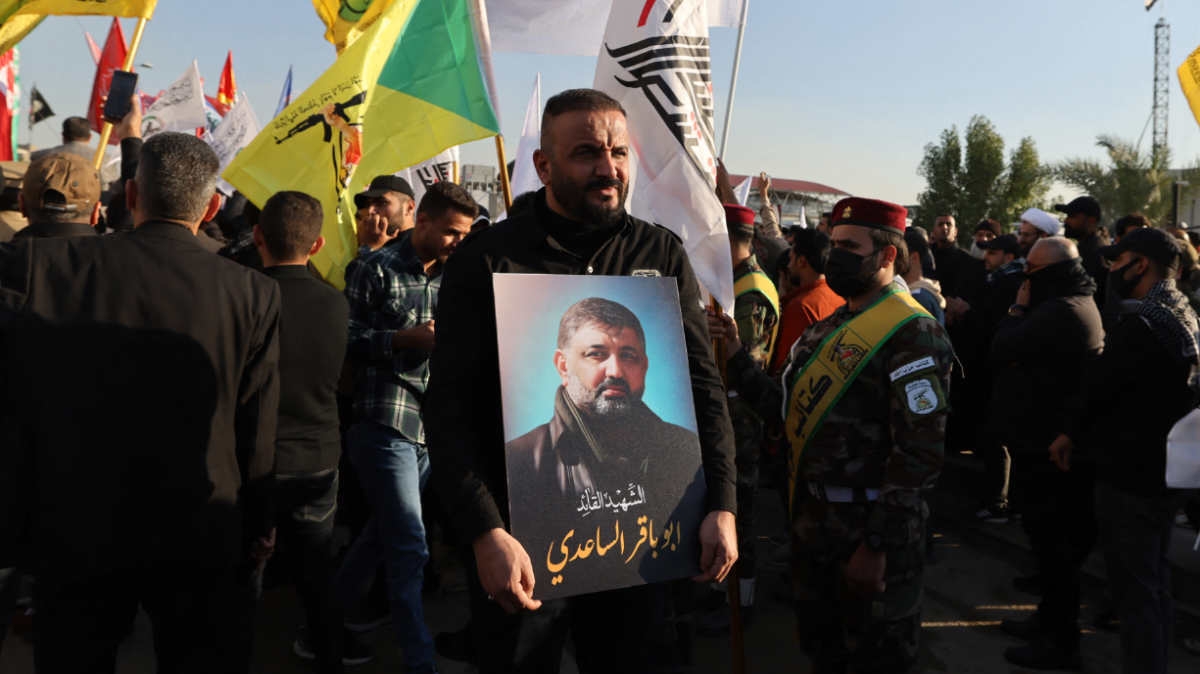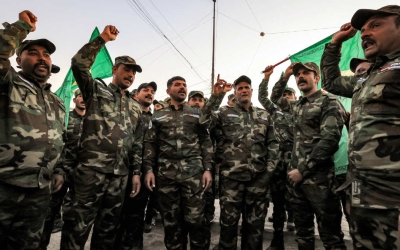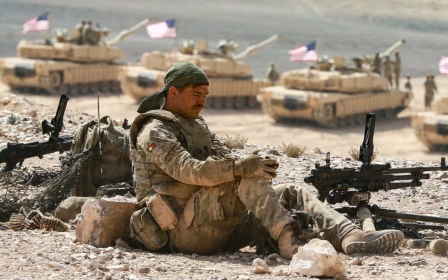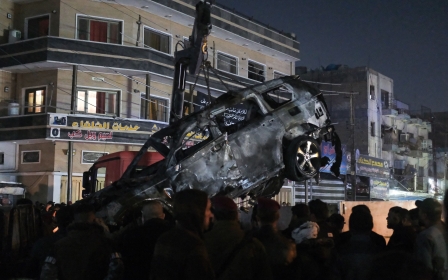US used notorious 'bladed' missile to kill Kataib Hezbollah commander in Baghdad: Report

The US used a hellfire missile equipped with six long blades to kill a senior Kataib Hezbollah official in Baghdad last week, solidifying the so-called “flying Ginsu” as the US’s weapon of choice for targeted assassinations.
The US deployed the modified missile, which substitutes exterior switch blades for an explosive warhead, to kill Kataib Hezbollah’s commander of Syrian operations, Abu Baqir al-Saadi, according to the Wall Street Journal.
The US said only one Kataib Hezbollah official was killed but Arabic language media reports and Iranian sources said the strike also killed Arkan al-Alawi, another senior Kataib Hezbollah official.
The strike was in retaliation for a drone attack at a remote desert outpost in Jordan that killed three US soldiers, which the US suggested was the work of Kataib Hezbollah. The group is the most powerful and active Iranian-backed Shia militia in Iraq.
Video footage from the site of the killing in eastern Baghdad showed an SUV engulfed in flames, but still intact, which the Wall Street Journal said was “reminiscent of others involving the Ginsu”.
Although the US rarely comments publicly on the specific weapons it uses in strikes, missiles with an explosive warhead usually leave craters, scorch marks and debris. The lack of collateral damage or burn marks is the Ginsu’s distinctive calling card.
In a statement after the Baghdad strike last week, US Central Command said “there are no indications of collateral damage or civilian casualties at this time”.
From Afghanistan to Libya
The strike has, however, had political ramifications. The assassination in Baghdad has fuelled calls by Iran’s allies in Iraq for a speedy withdrawal of the US-led mission to counter the Islamic State militant group.
On Sunday, Baghdad and Washington resumed talks that could lead to a withdrawal of roughly 2,500 US troops from Iraq.
The secretive missile can be fired from an MQ-9 Reaper drone or the MQ-1C Gray Eagle. It was designed by the CIA and Pentagon to limit civilian casualties when conducting assassinations in crowded settings.
The missile is nicknamed after Japanese Ginsu kitchen knives because of its six, one-metre-long blades, which eject in flight and are capable of cutting through 100 pounds of metal or apartment buildings.
Deploying the Ginsu in Baghdad would be in keeping with previous US strikes against high-level targets in urban settings, where the US has opted not to use missiles equipped with traditional explosive warheads to limit civilian casualties.
Military experts said the US probably used the same missile in 2022 to kill al-Qaeda leader Ayman al-Zawahiri in a strike in an upscale neighbourhood of Kabul, Afghanistan.
The Wall Street Journal said the Ginsu was used in 2019 to assassinate Jamal al-Badawi, an al-Qaeda leader in Yemen who the US believed was behind the 2000 attack on the USS Cole. The Ginsu has also been deployed in Libya, Syria, Iraq, and Somalia.
Middle East Eye propose une couverture et une analyse indépendantes et incomparables du Moyen-Orient, de l’Afrique du Nord et d’autres régions du monde. Pour en savoir plus sur la reprise de ce contenu et les frais qui s’appliquent, veuillez remplir ce formulaire [en anglais]. Pour en savoir plus sur MEE, cliquez ici [en anglais].





